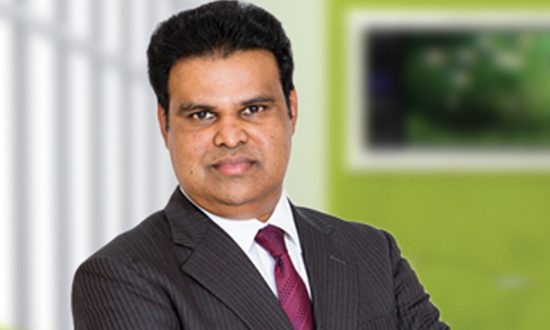Ayushman Bharat is a centrally sponsored scheme launched in 2018 aiming at making interventions in primary, secondary and tertiary care systems, covering both preventive and promotive health, to address healthcare holistically. It is the world’s largest healthcare program and is set to provide medical treatment to nearly 50 crore Indians. The program, however, benefits only 10 lakh patients currently. In the meantime, a concern was raised during a high-level Pharmacy Council of India (PCI) meeting about the mushrooming of pharmacy colleges lacking quality education, as a result of which most of their graduates remain unemployed. PCI thus proposed a five-year freeze on colleges offering diploma and degree courses. But, barely a month later, the All India Council for Technical Education (AICTE) placed a two-year ban on new pharmacy colleges, until 2022.
Earlier this year, an antitrust lawsuit was filed by 40 US states based on a five-year investigation of some of the top pharmaceutical companies of India. The lawsuit accuses 20 drug makers of conspiring to inflate prices of more than 100 different drugs, significantly broadening an earlier 2016 complaint. In addition to the states, the US justice department’s antitrust division is conducting a criminal probe.
All these point fingers at the dearth of professional pharmacists in the country, the glaring disparity between the curriculum taught at pharmaceutical colleges and the current industry standards, and the ethical quotient relayed in the classrooms. The need for an updated curriculum, better infrastructure, and ethical classes cannot be stressed enough.
In global classrooms, pharmacy education is patient-centric and healthcare management is responsible for it, whereas, in India, one must admit that the sector is business-centric. Until and unless this mindset changes and the education authorities take firm and radical steps to eradicate these blemishes, the Indian pharmacy education will be stuck in the rut it is now.
Through this issue of Higher Education Digest, we hope to provide encouragement by showcasing those colleges that have succeeded in staying true to the spirit of imparting quality education.
Here is to hoping for a better, healthy India!




